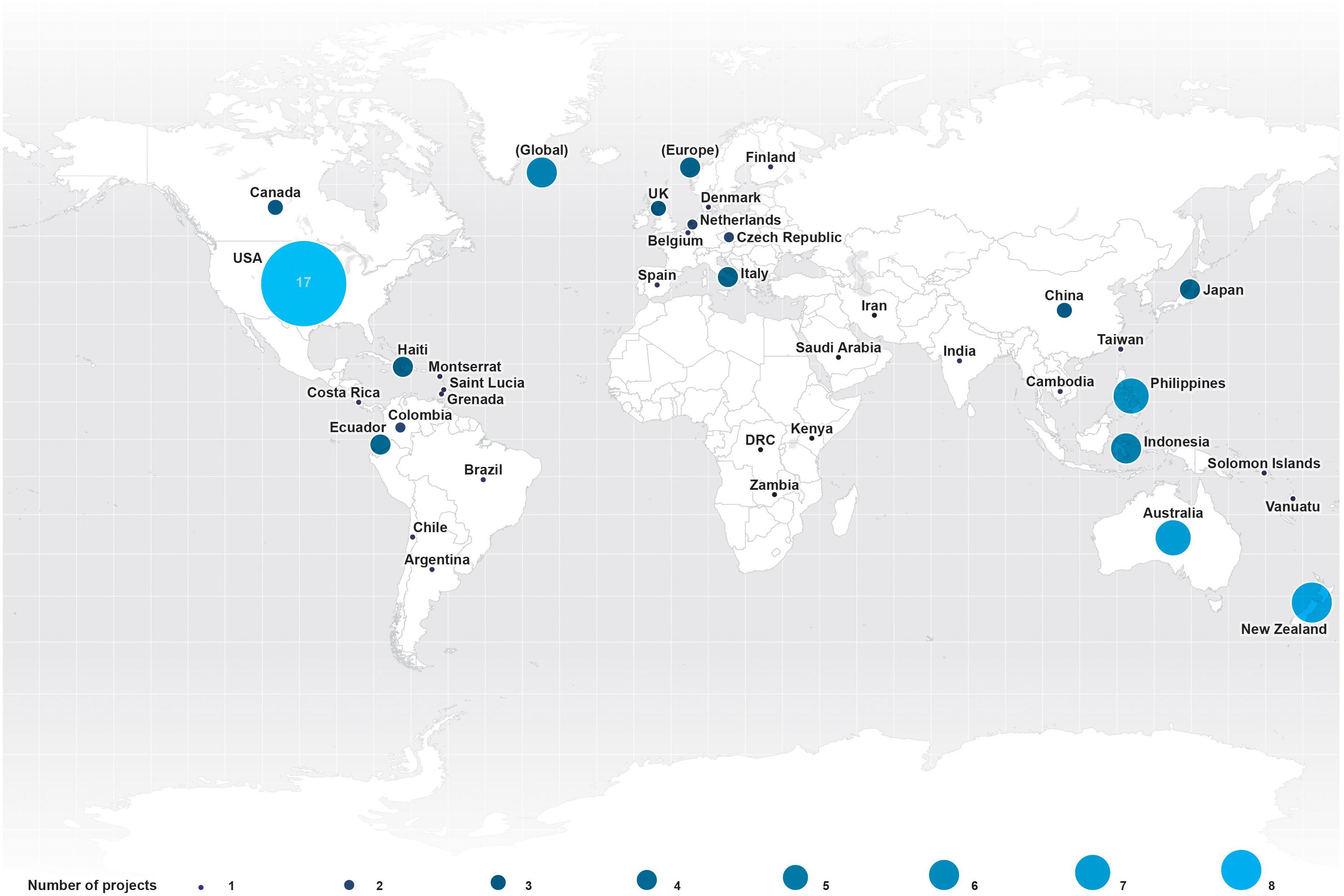 I find it enjoyable when different strands of research come together. In many ways, research on the impacts of natural hazards on society – or Disaster Risk Reduction (DRR), citizen science, and volunteer geographic information (VGI) are parallel research areas with research communities that work on each of them, and only occasionally come together. The project Citizen Science for Disaster Risk Reduction, led by Jenni Barcley from the University of East Anglia and funded through the Global Challenges Research Fund (GCRF) is an example for such a link. One of the project’s outputs is a paper that carried out a literature review of citizen science projects for DRR, that is now published in “Frontiers In Earth Science”. Anna Hicks, from the British Geological Survey, led the effort, and the abstract is:
I find it enjoyable when different strands of research come together. In many ways, research on the impacts of natural hazards on society – or Disaster Risk Reduction (DRR), citizen science, and volunteer geographic information (VGI) are parallel research areas with research communities that work on each of them, and only occasionally come together. The project Citizen Science for Disaster Risk Reduction, led by Jenni Barcley from the University of East Anglia and funded through the Global Challenges Research Fund (GCRF) is an example for such a link. One of the project’s outputs is a paper that carried out a literature review of citizen science projects for DRR, that is now published in “Frontiers In Earth Science”. Anna Hicks, from the British Geological Survey, led the effort, and the abstract is:
Citizen science for disaster risk reduction holds huge promise and has demonstrated success in advancing scientific knowledge, providing early warning of hazards, and contributed to the assessment and management of impacts. While many existing studies focus on the performance of specific citizen science examples, this paper goes beyond this approach to present a systematic global mapping of citizen science used for disaster risk reduction in order to draw out broader insights across diverse methods, initiatives, hazards and country contexts. The systematic mapping analyzed a total of 106 cases of citizen science applied to disaster risk reduction across all continents. Unlike many existing reviews of citizen science initiatives, relevance to the disaster risk context led us to ‘open up’ our mapping to a broader definition of what might constitute citizen science, including participatory research and narrative-based approaches. By taking a wider view of citizen science and opening up to other disciplinary practices as valid ways of knowing risks and hazards, we also capture these alternative examples and discuss their relevance for aiding effective decision-making around risk reduction. Based on this analysis we draw out lessons for future research and practice of citizen science for disaster risk reduction including the need to: build interconnections between disparate citizen science methods and practitioners; address multi-dimensionality within and across hazard cycles; and develop principles and frameworks for evaluating citizen science initiatives that not only ensure scientific competence but also attend to questions of equity, responsibility and the empowerment of those most vulnerable to disaster risk.
You can find the paper here.